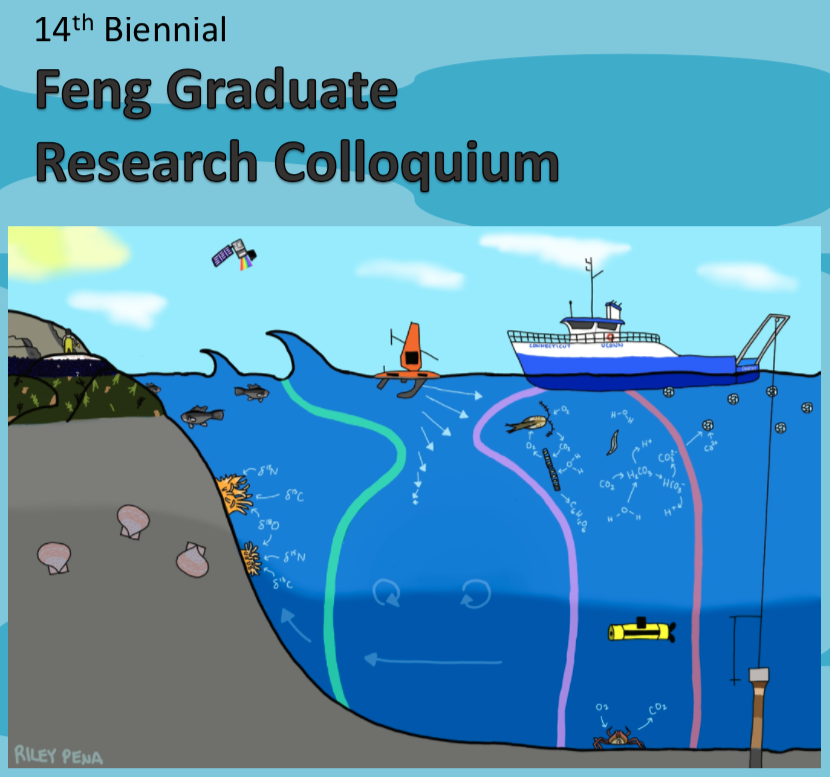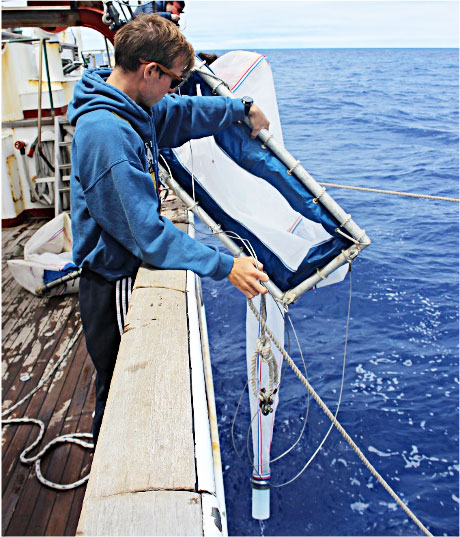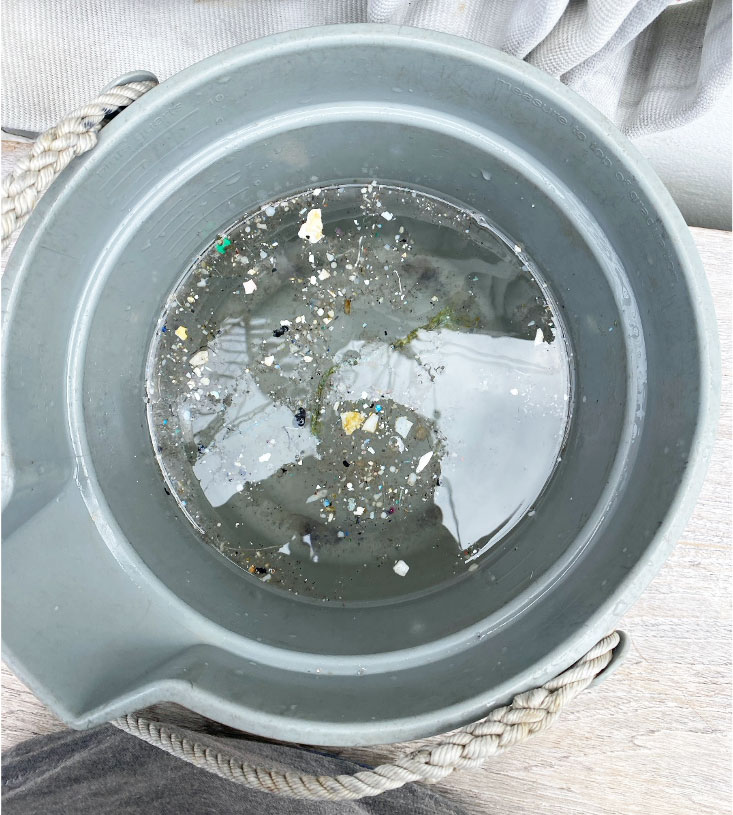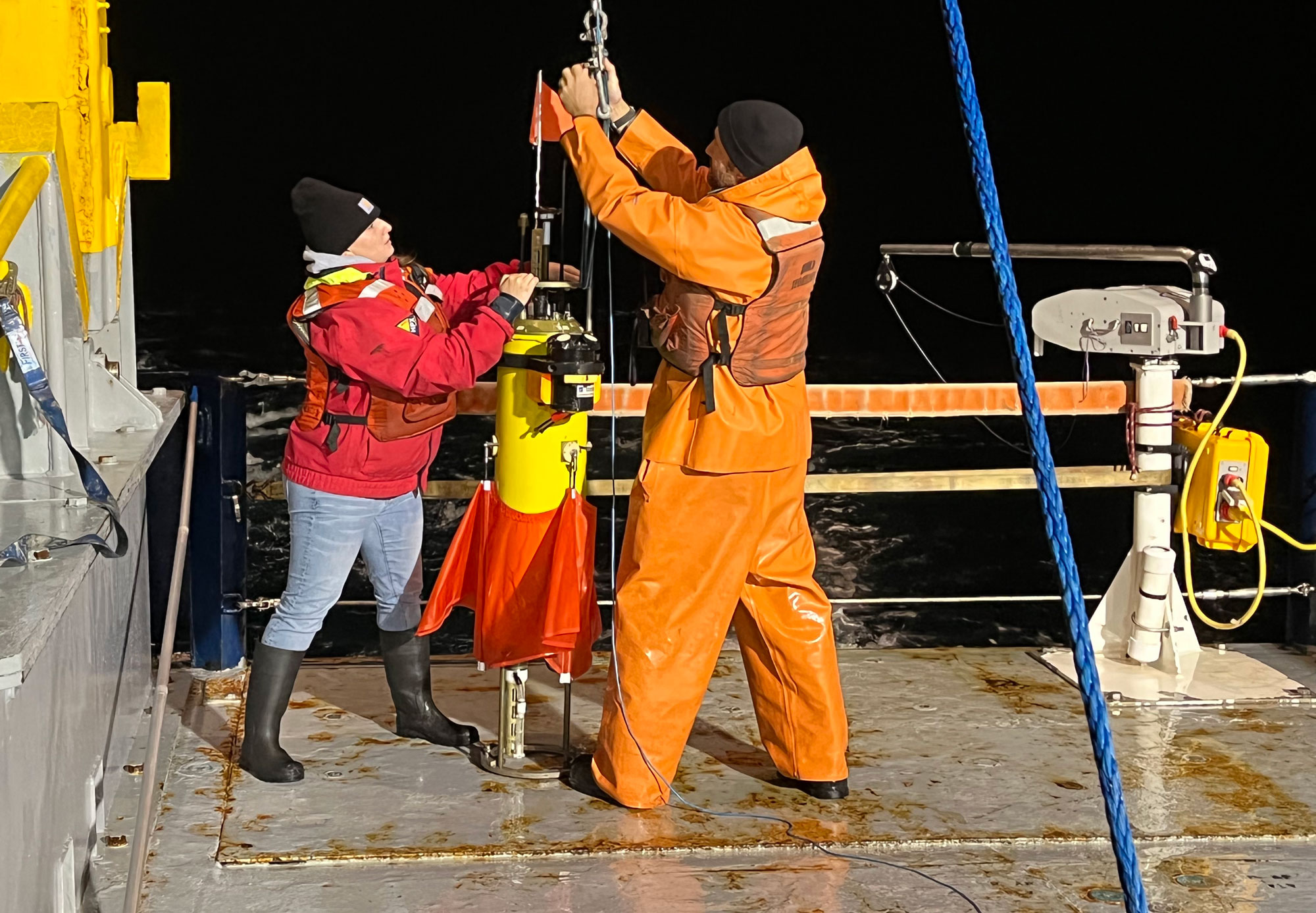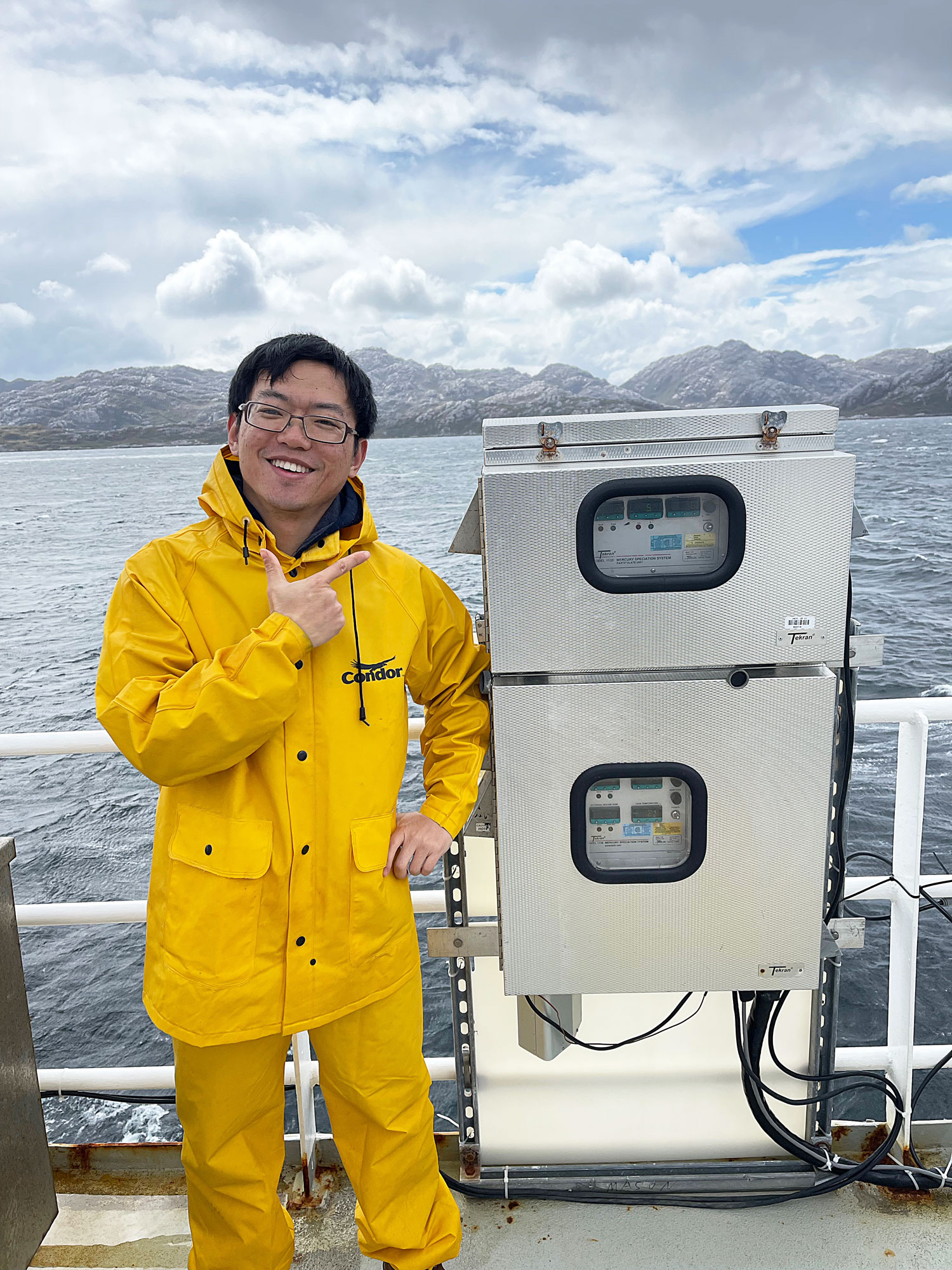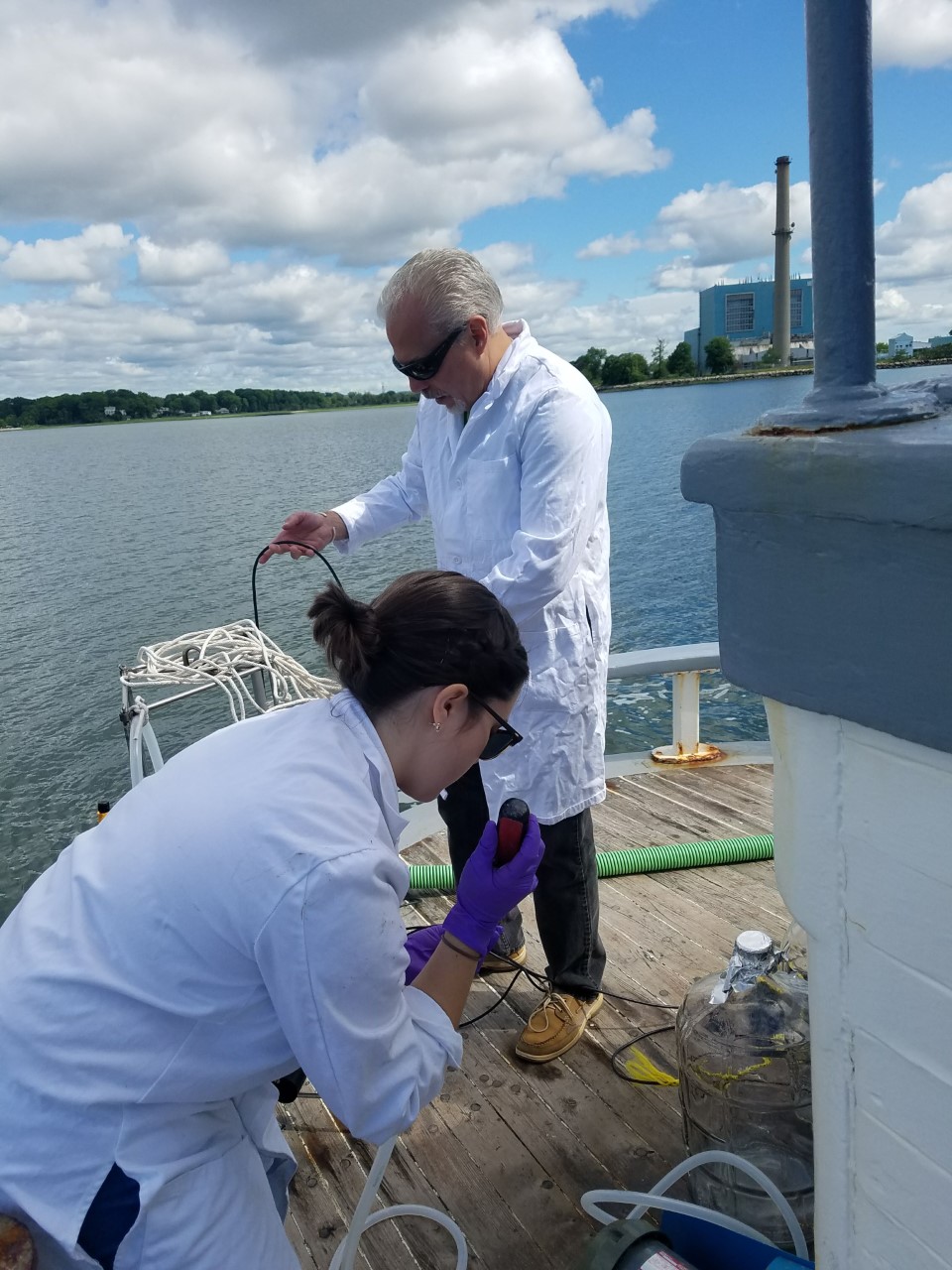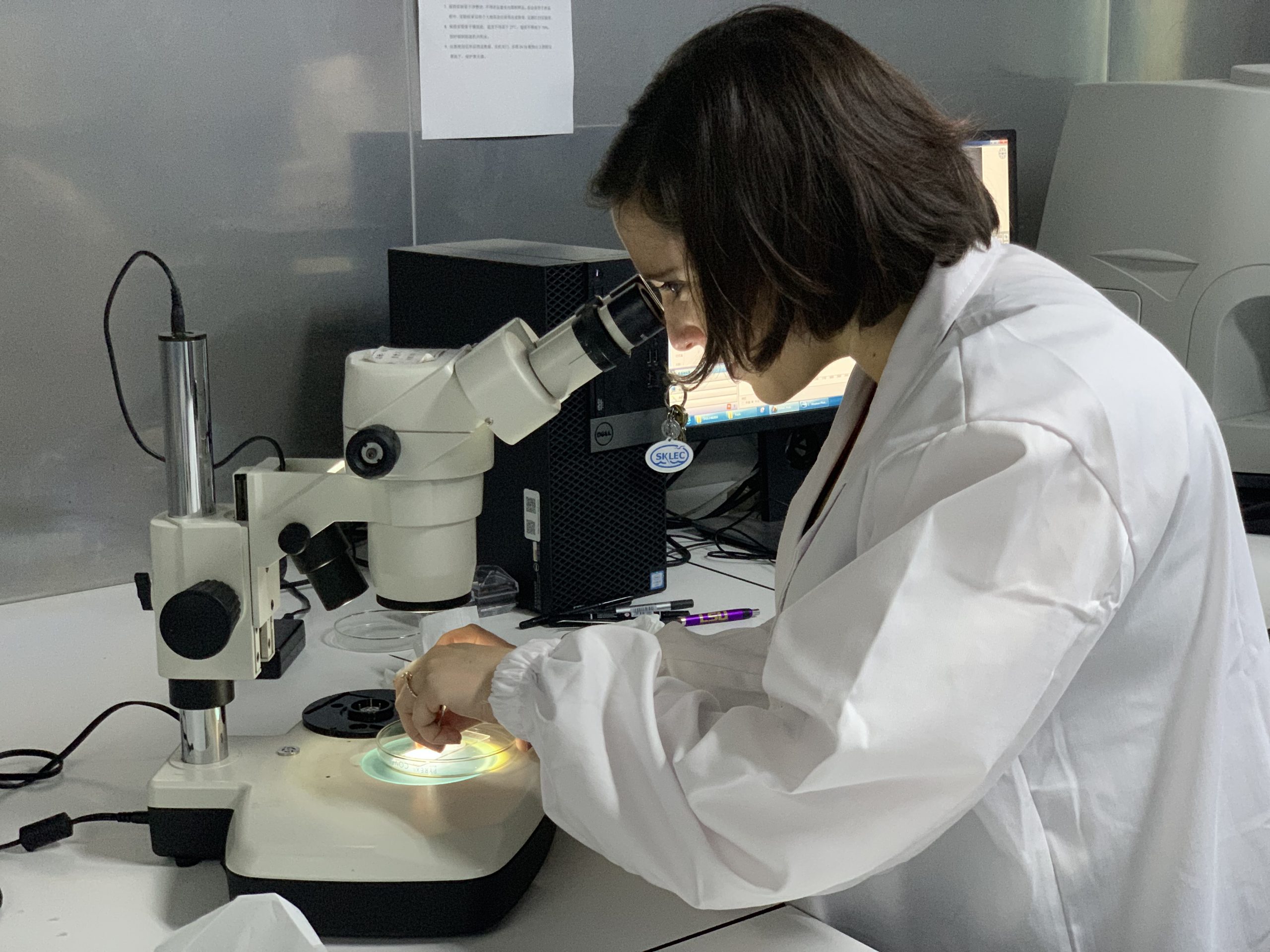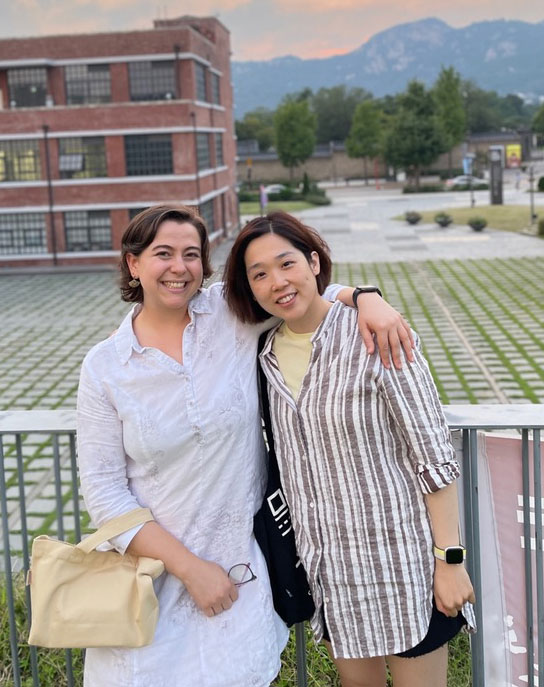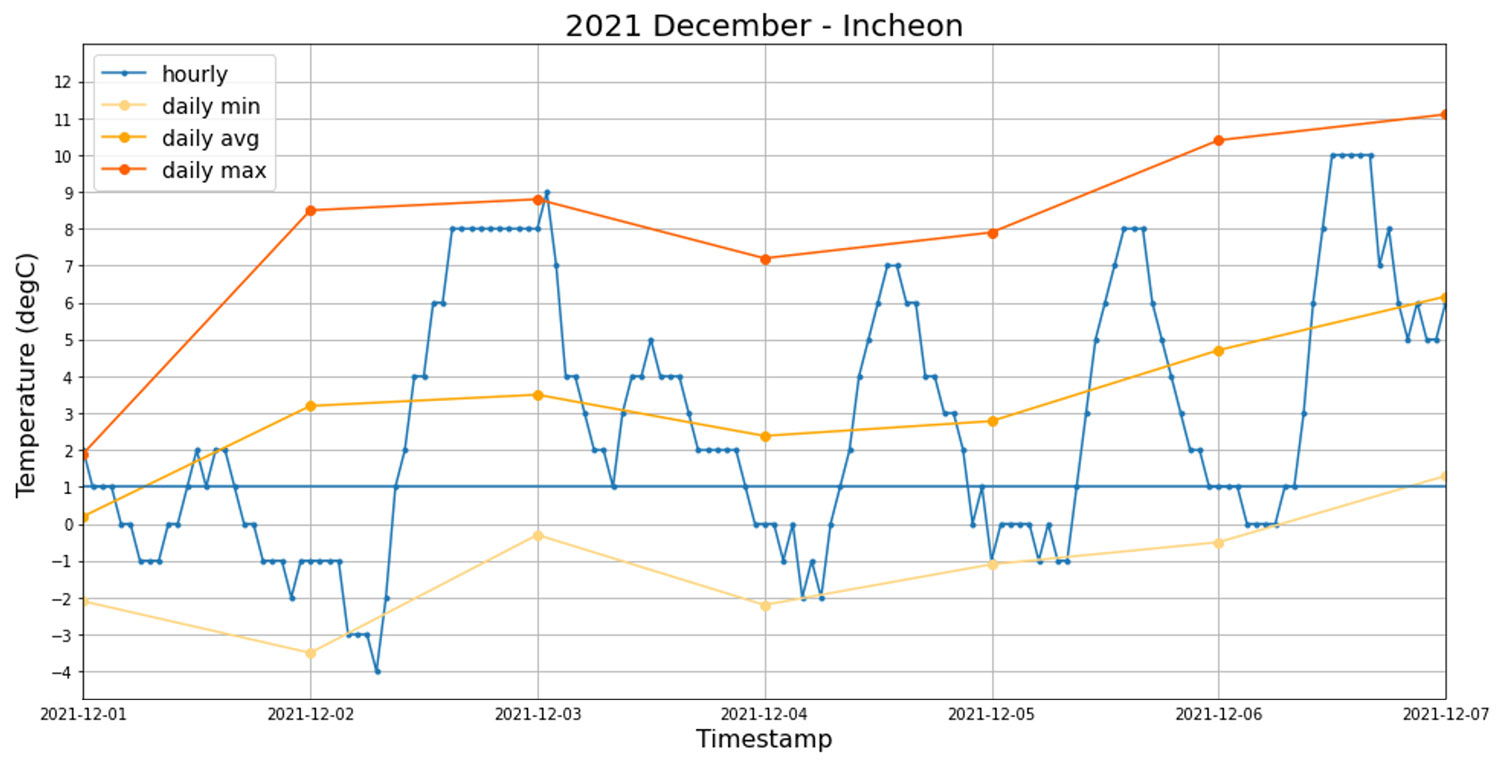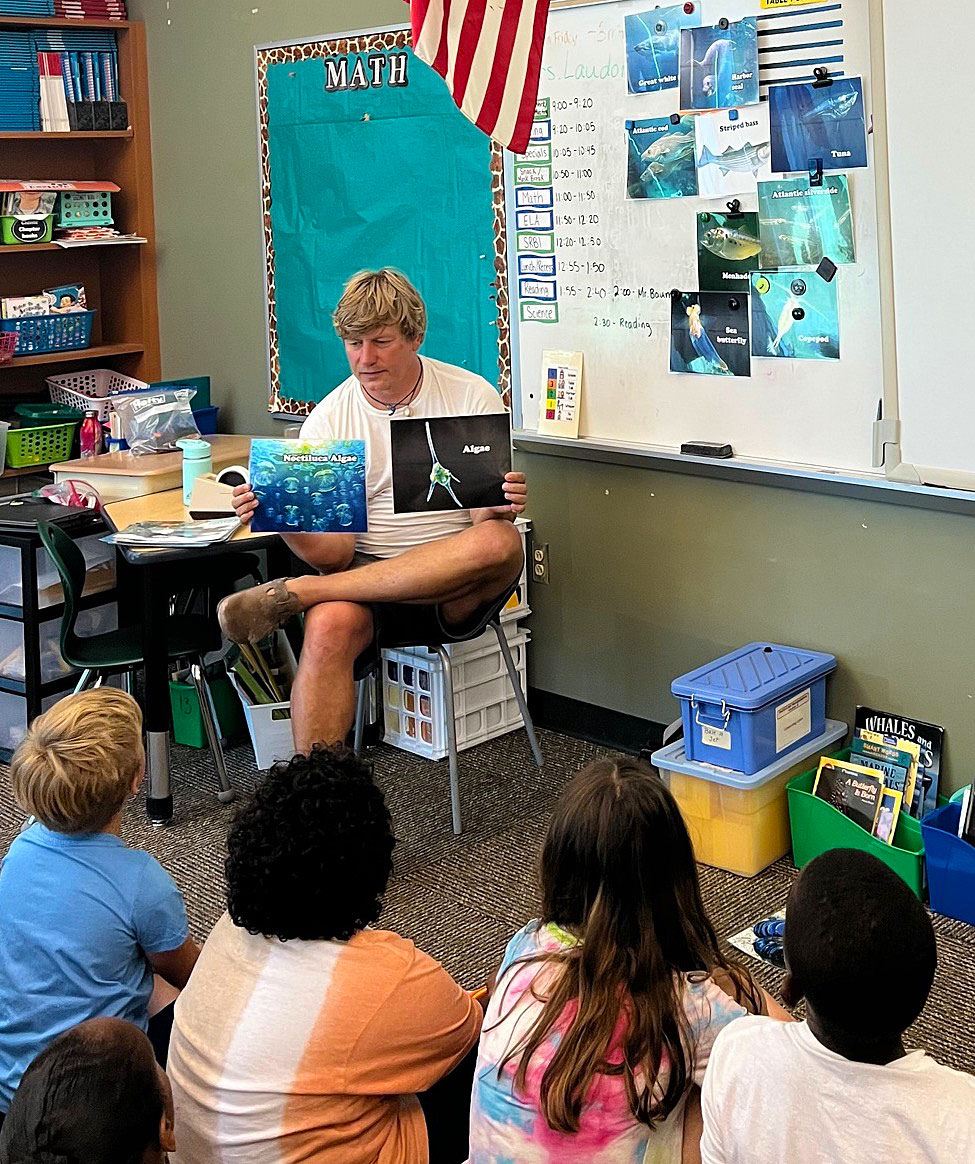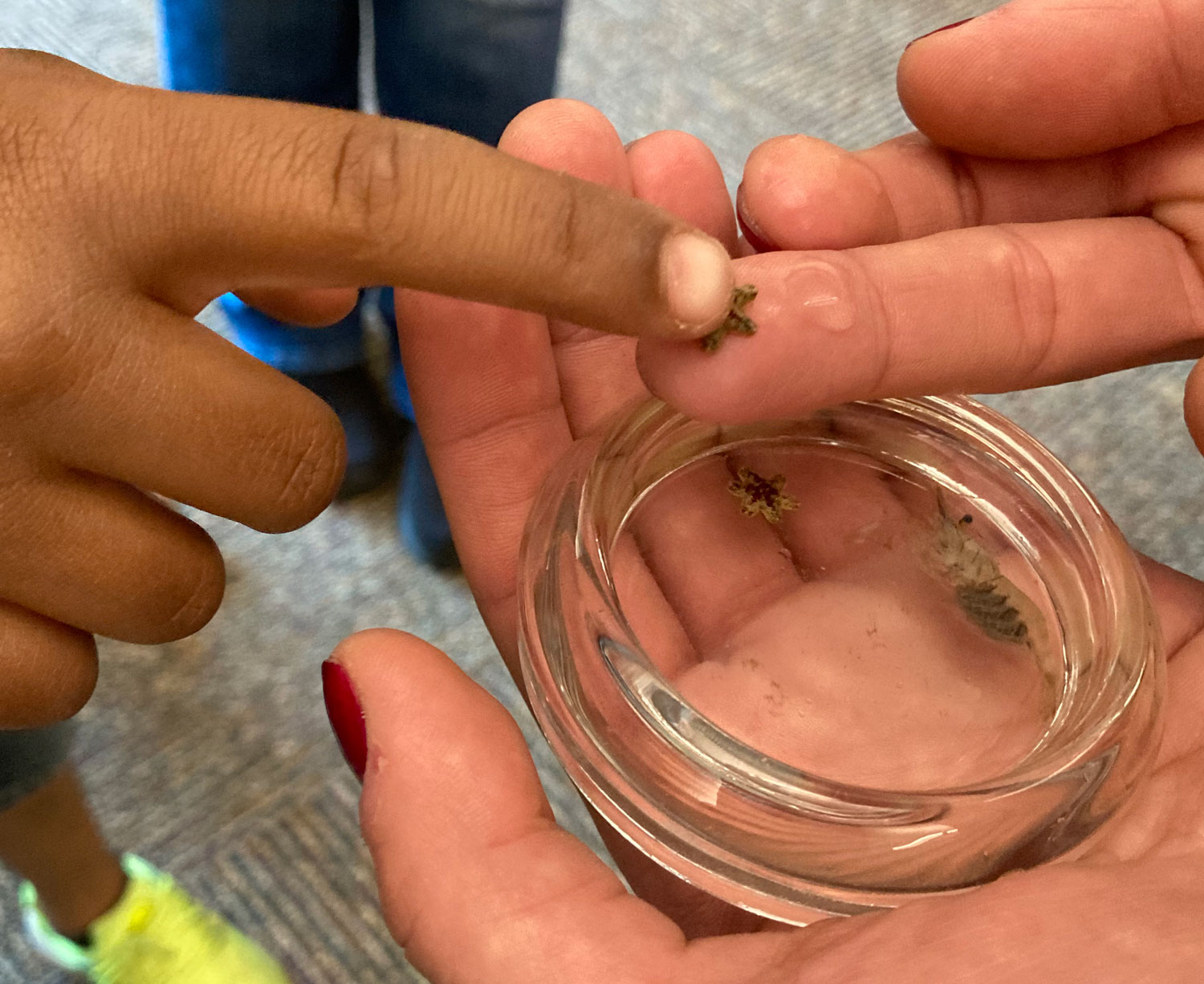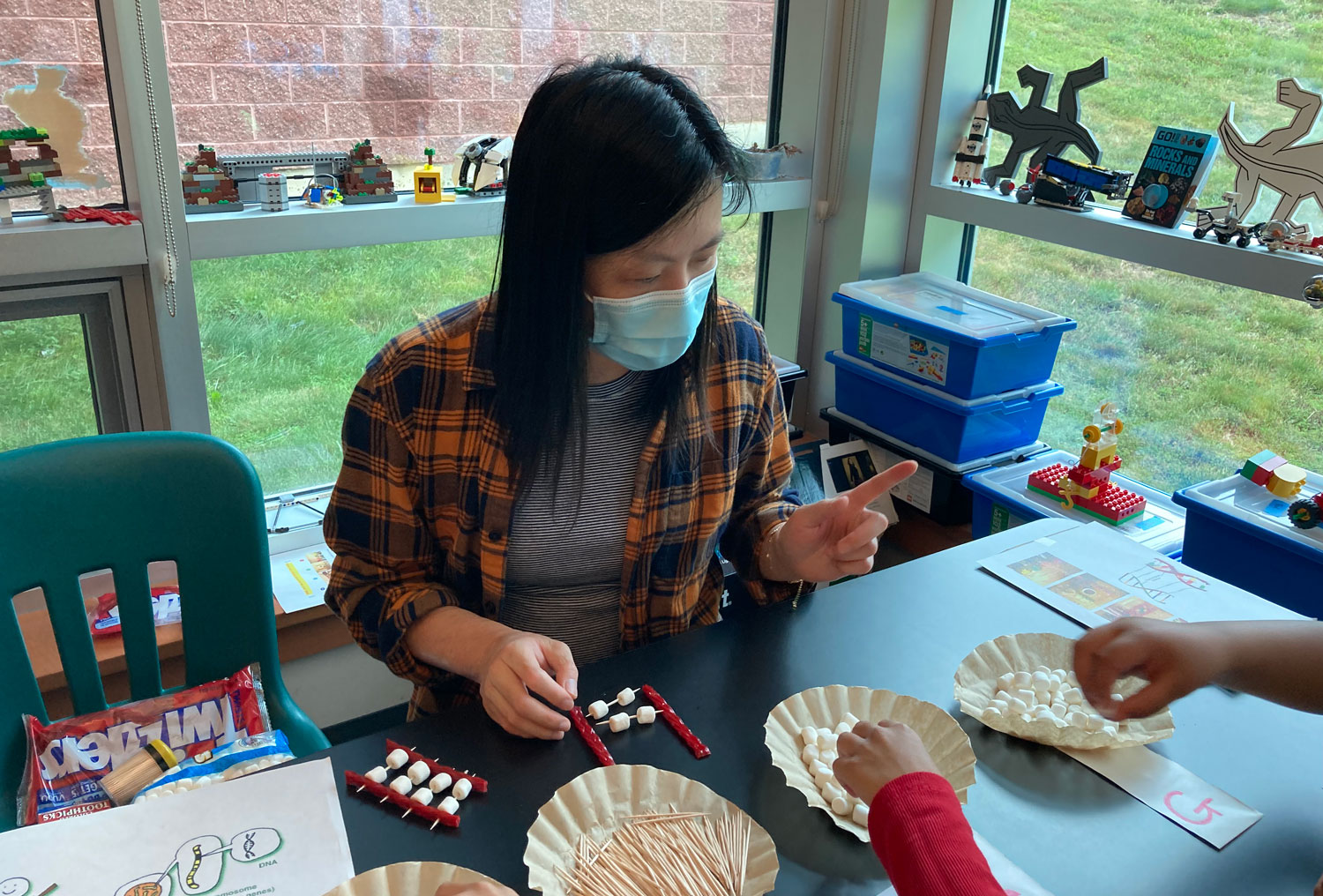18 May 2023. After a COVID-forced hiatus of more than two years, our department finally held a successful Feng graduate student research colloquium in person again. The Feng Graduate Research Colloquium has been a tradition in the Marine Sciences Department since 1996. Named after the first Head of the Department of Marine Sciences, Dr. Sung Y. Feng, the colloquium was started by Prof. Hans Dam. The colloquium acts as a conference in which students receive friendly, constructive criticism, and have the opportunity to work on developing their abstract writing, leadership, and scientific communication skills. The Colloquium is funded by the Department of Marine Sciences and the S.Y. Feng Scholarship Fund.
This years colloquium featured 16 oral presentations and 20 posters spanning the entire diversity of marine research in our department. Special thanks to the student organizers and Debra Schuler for the help behind the scenes.
See the colloquium list of talks and poster presentations, including abstracts

